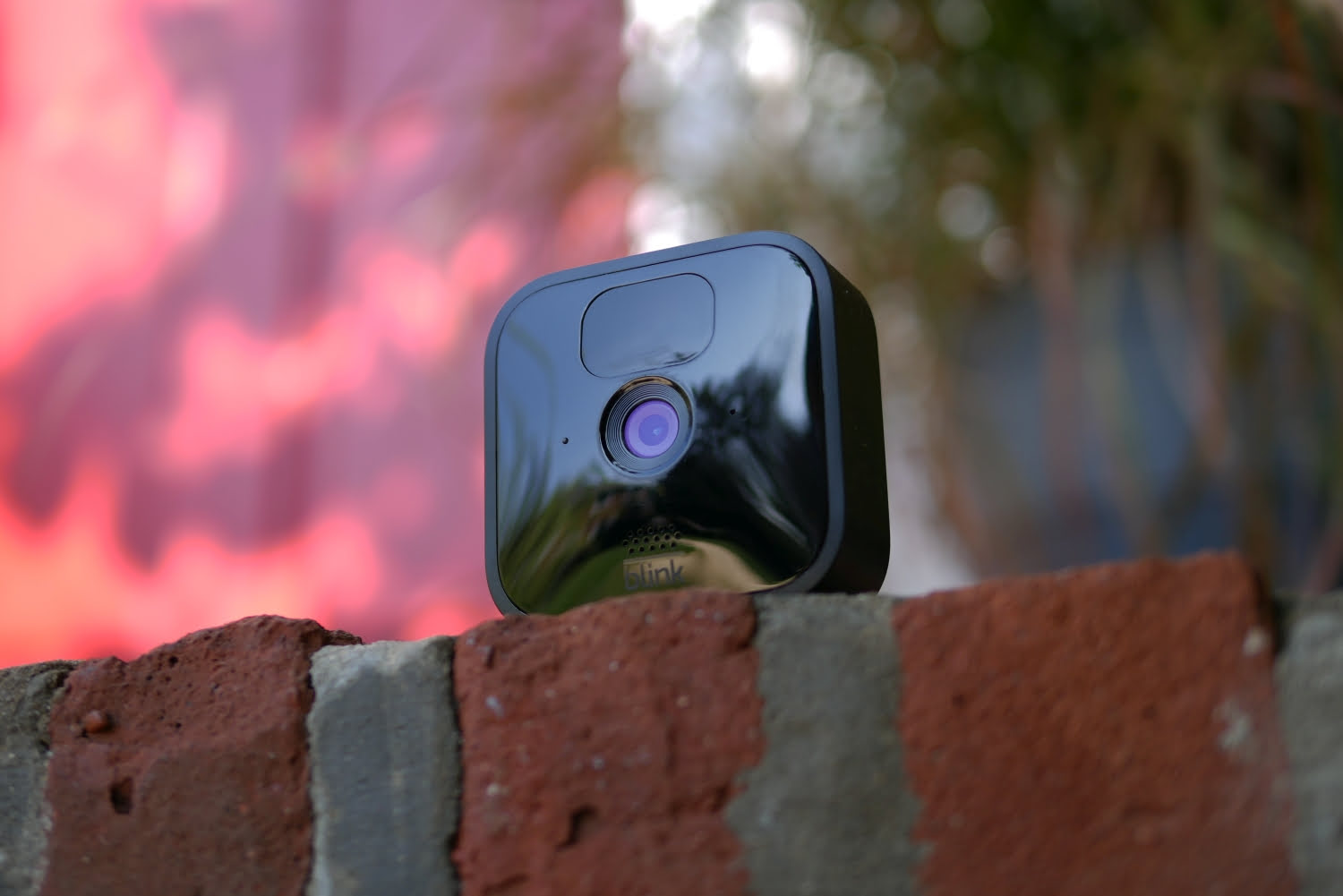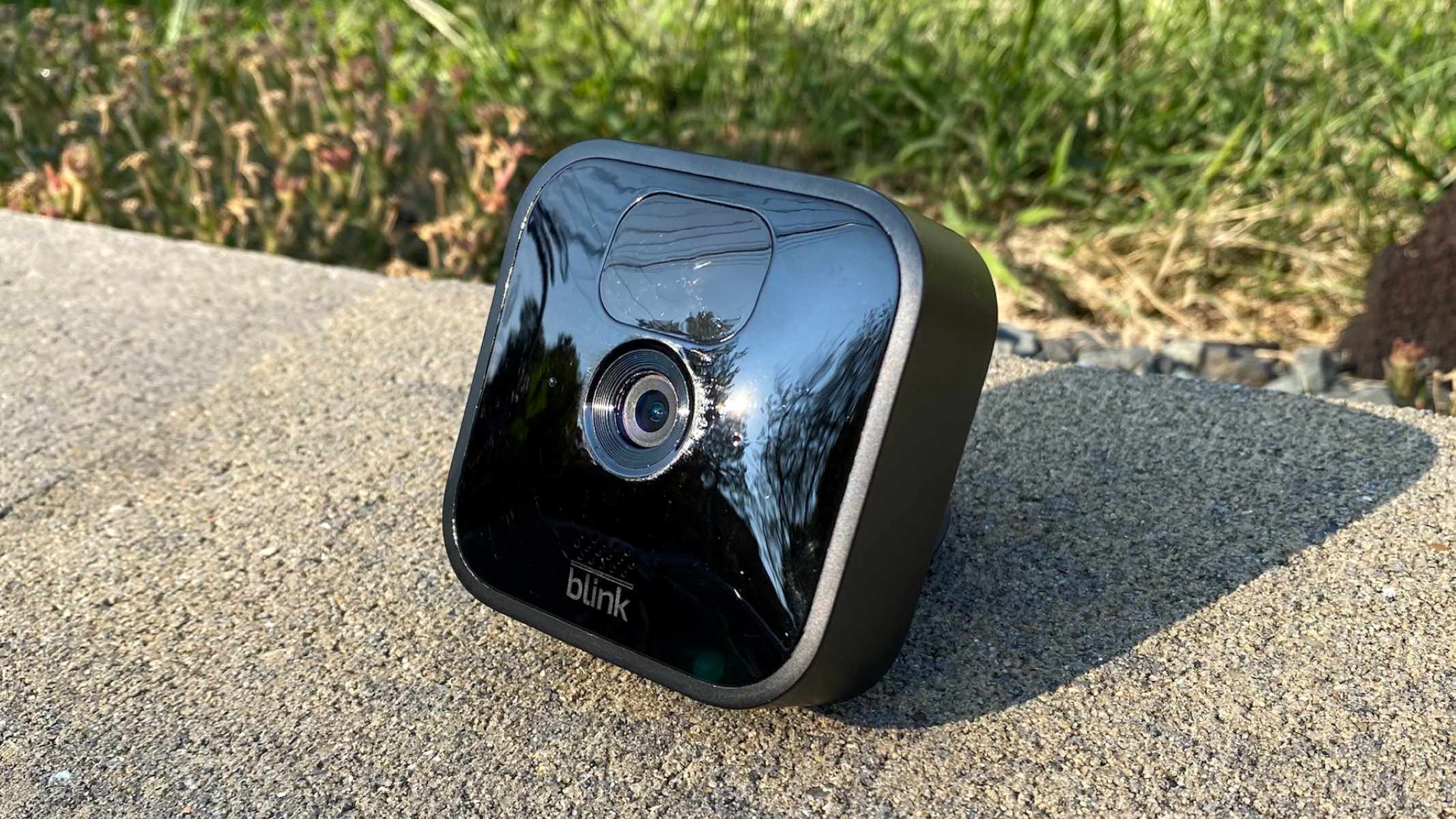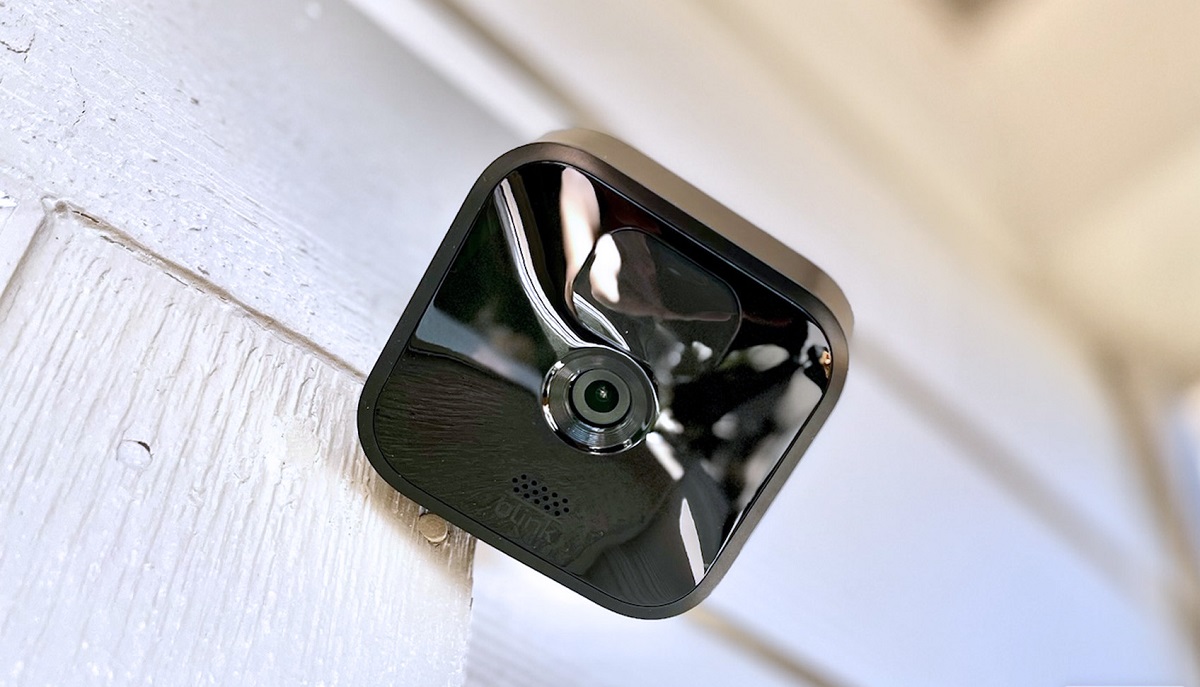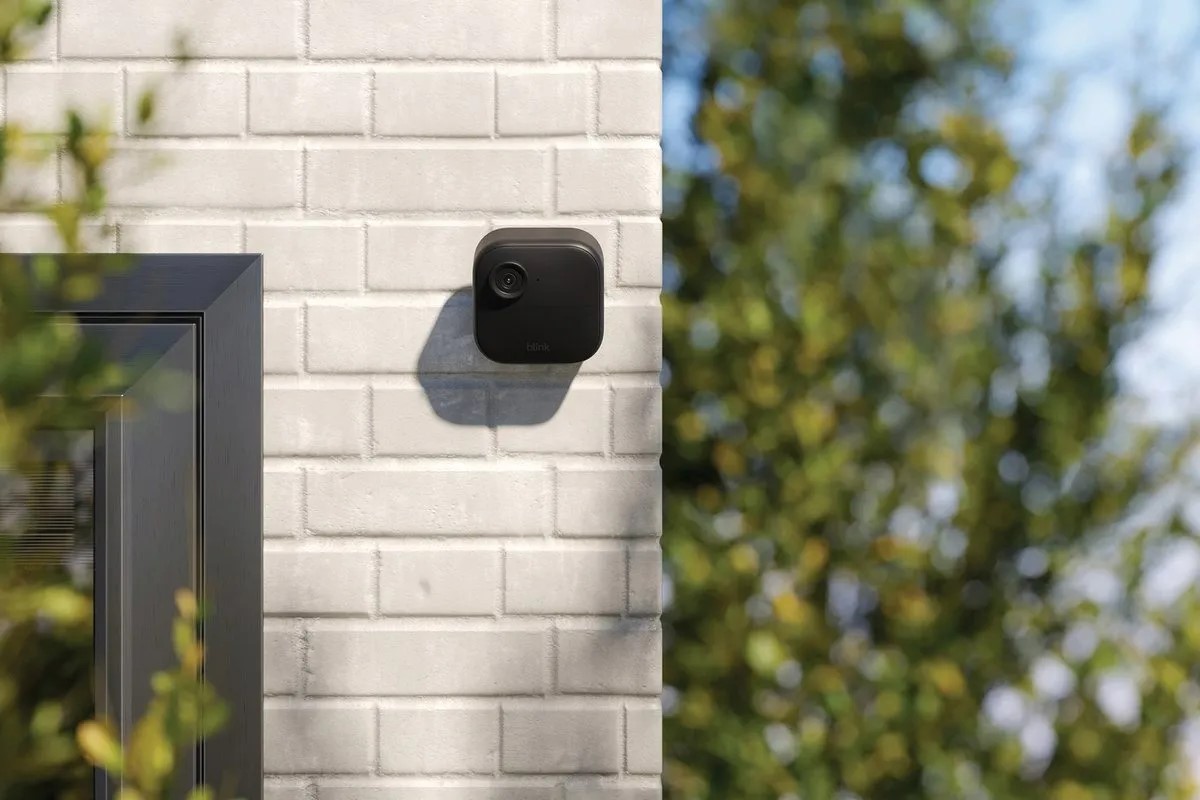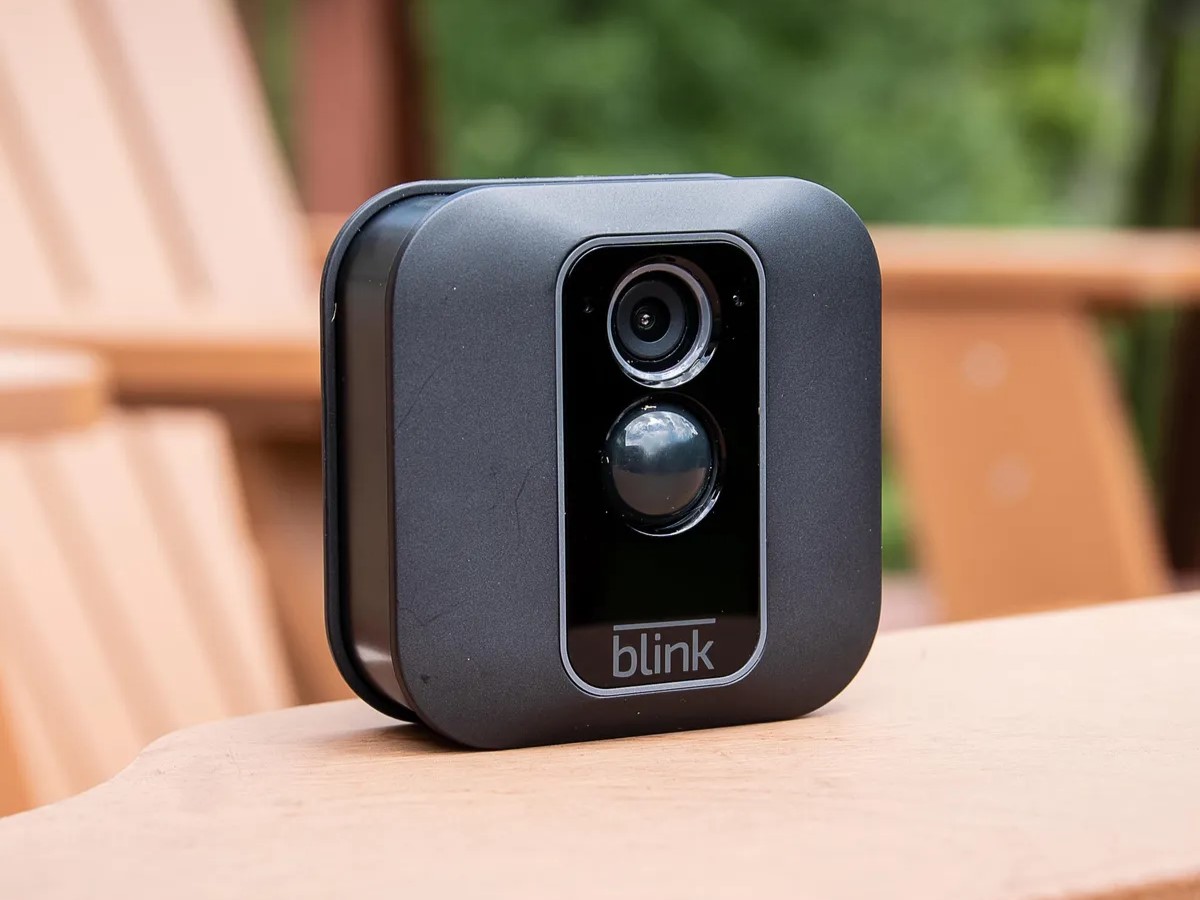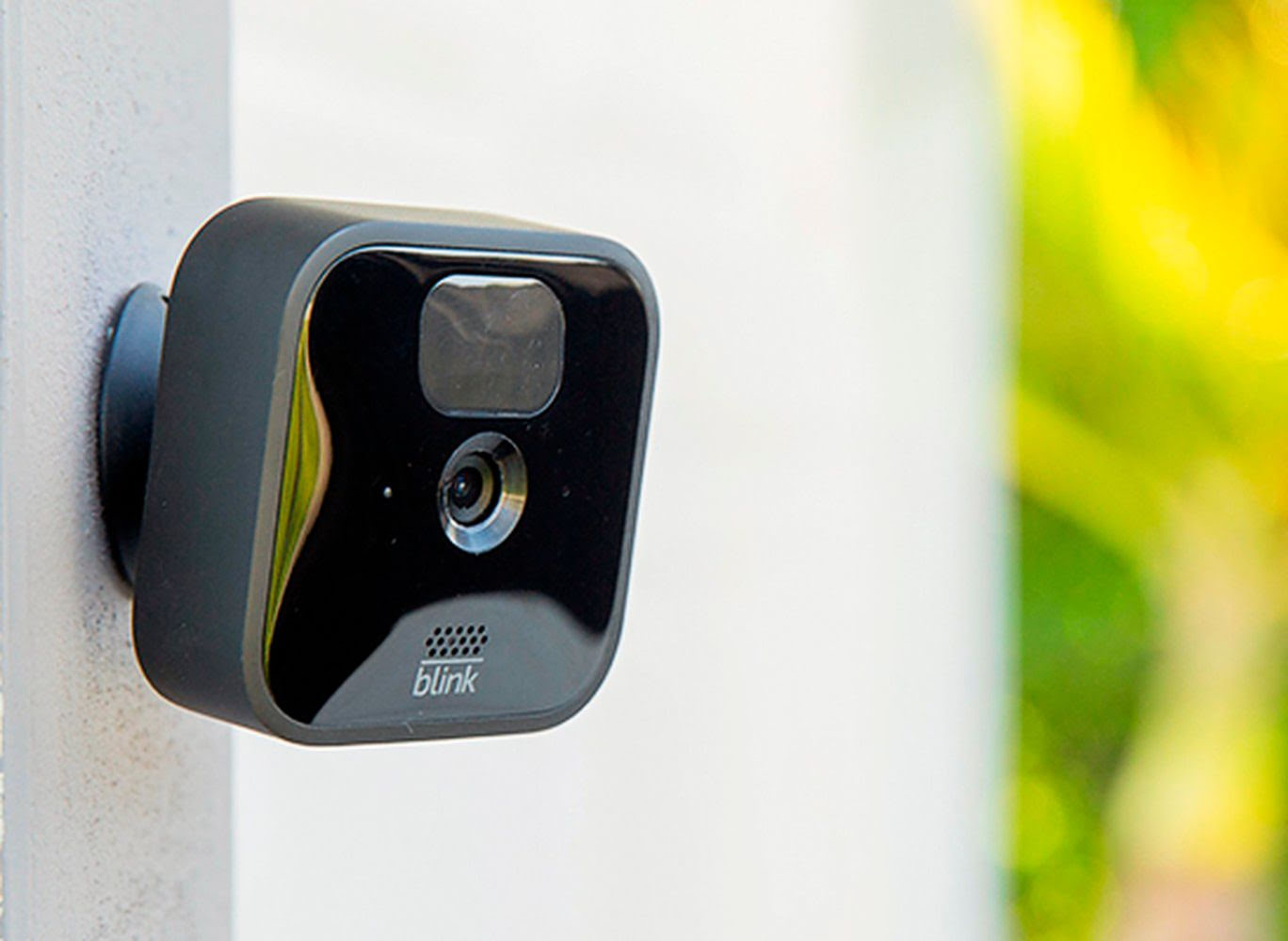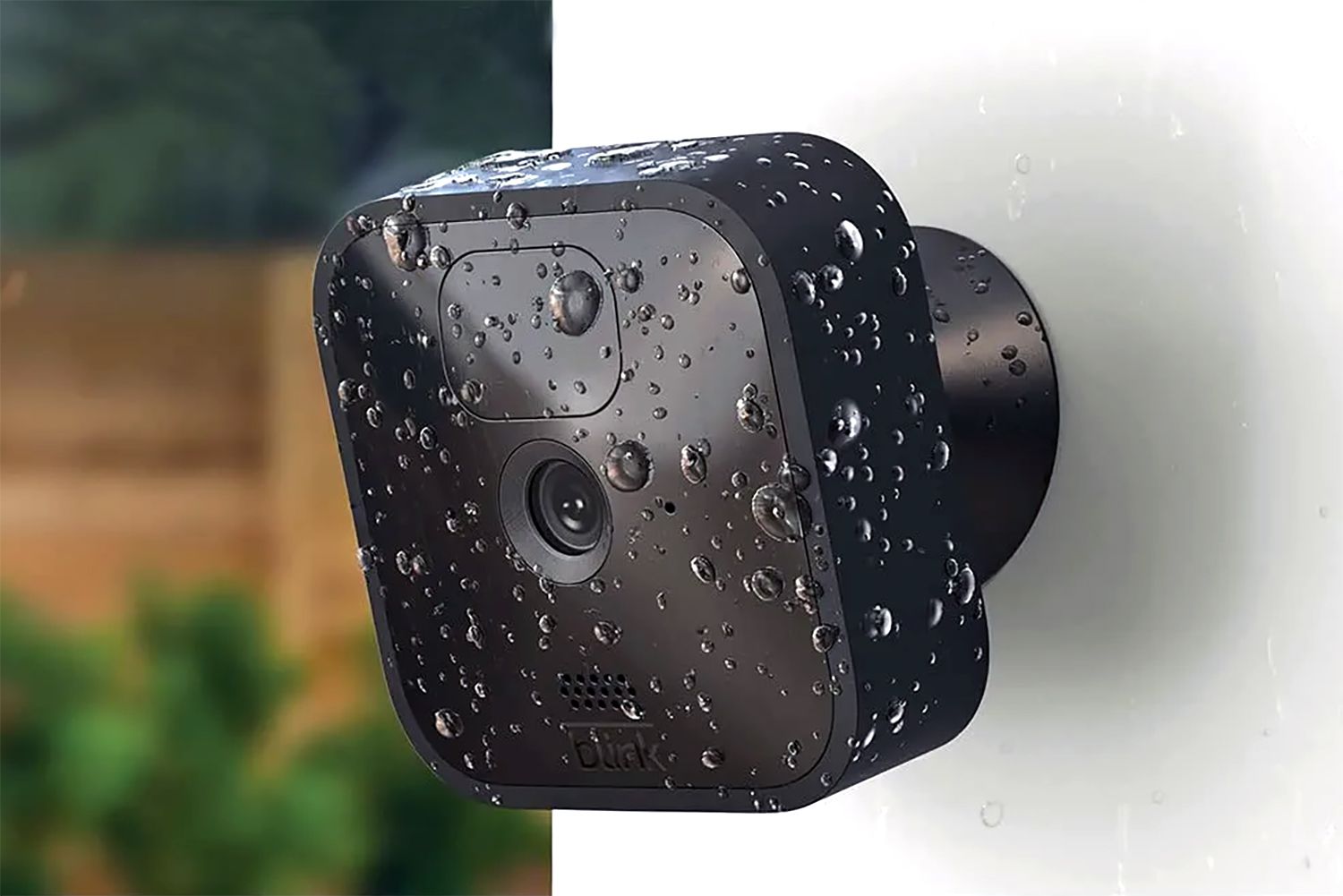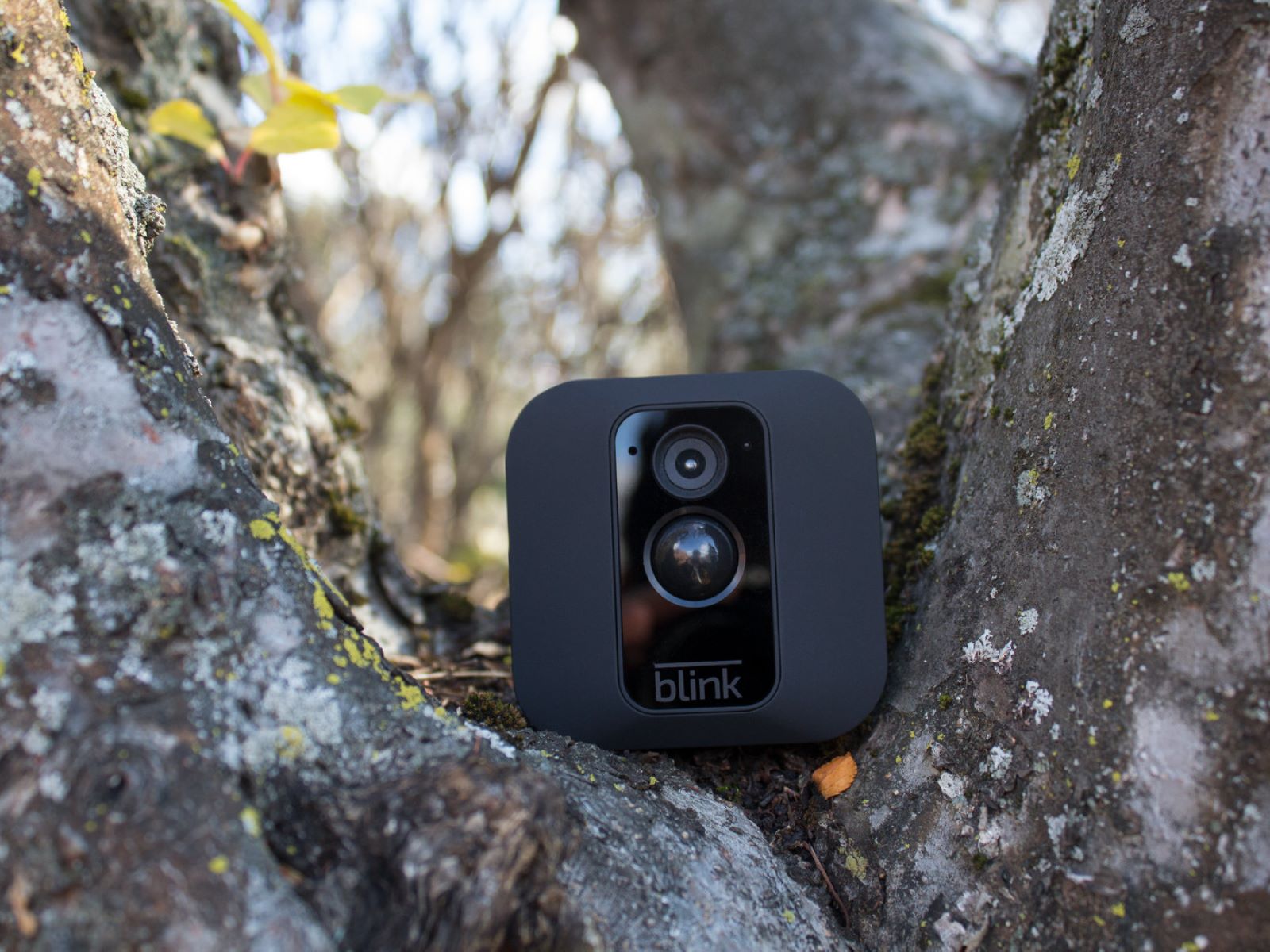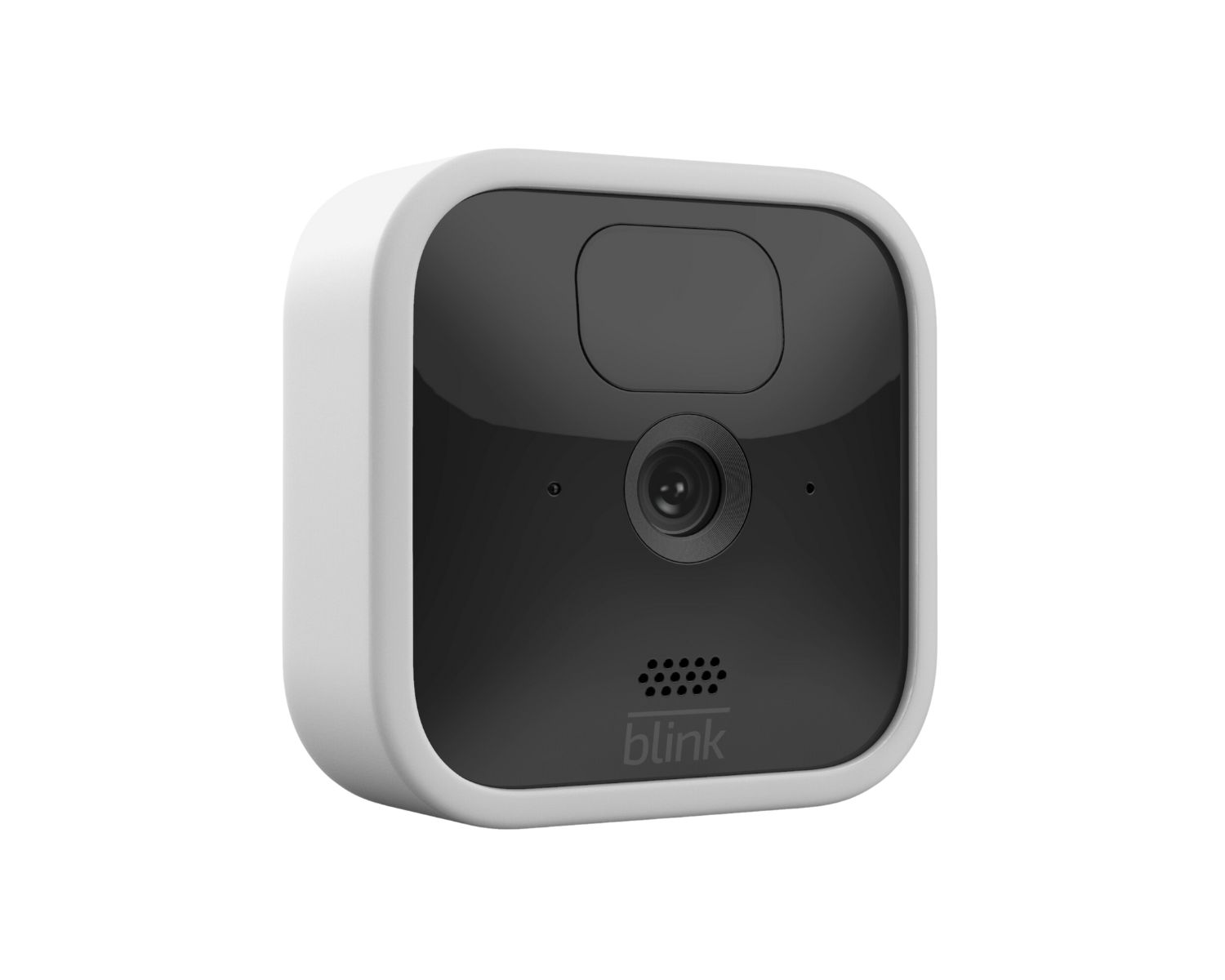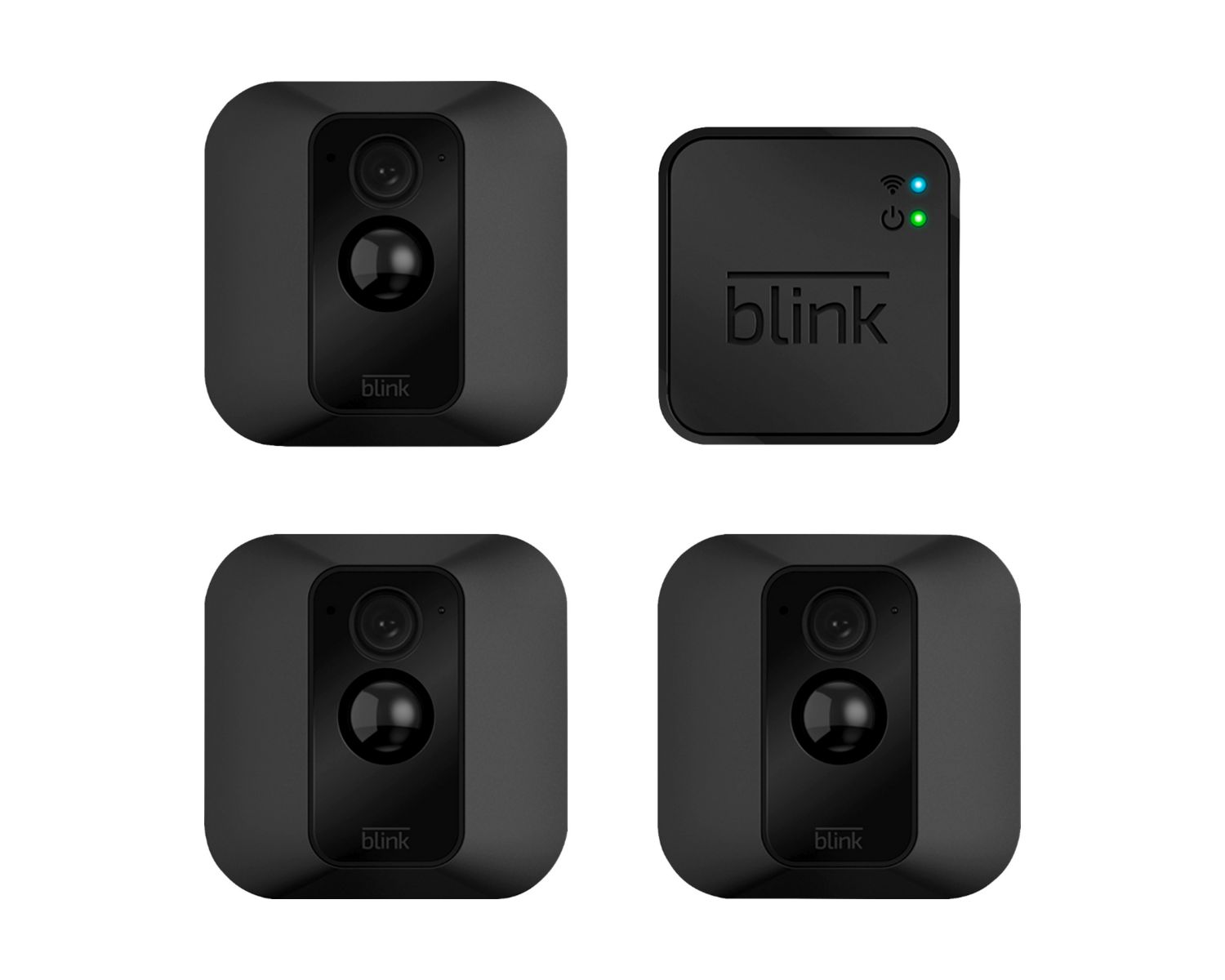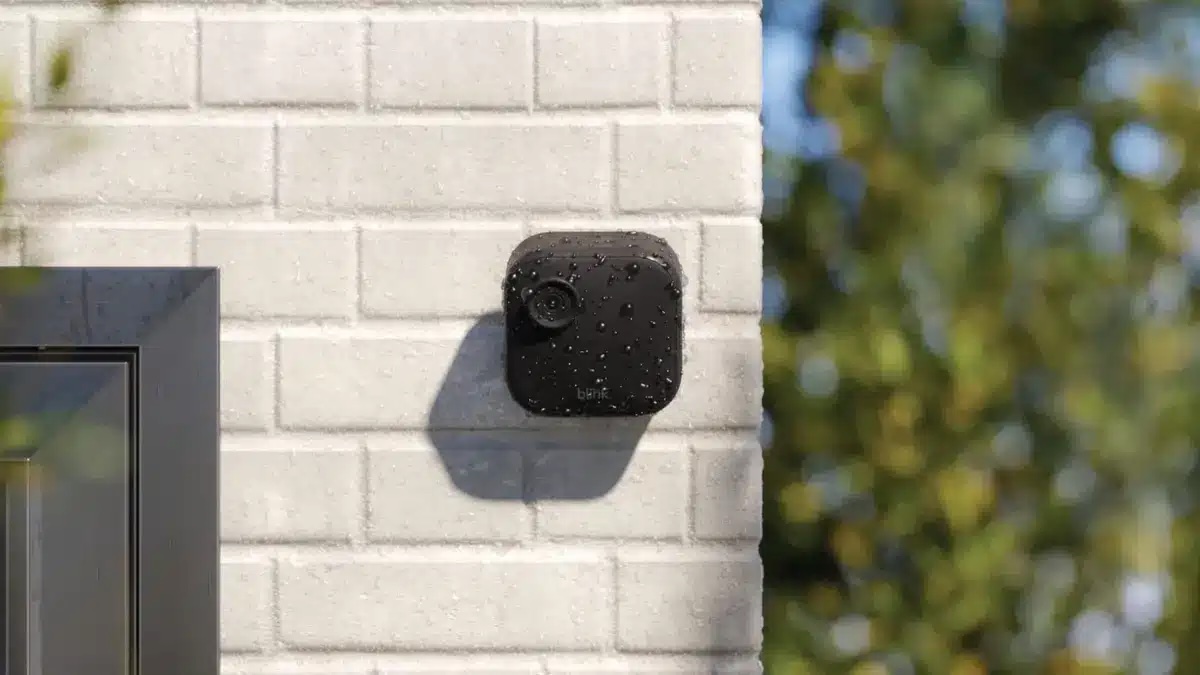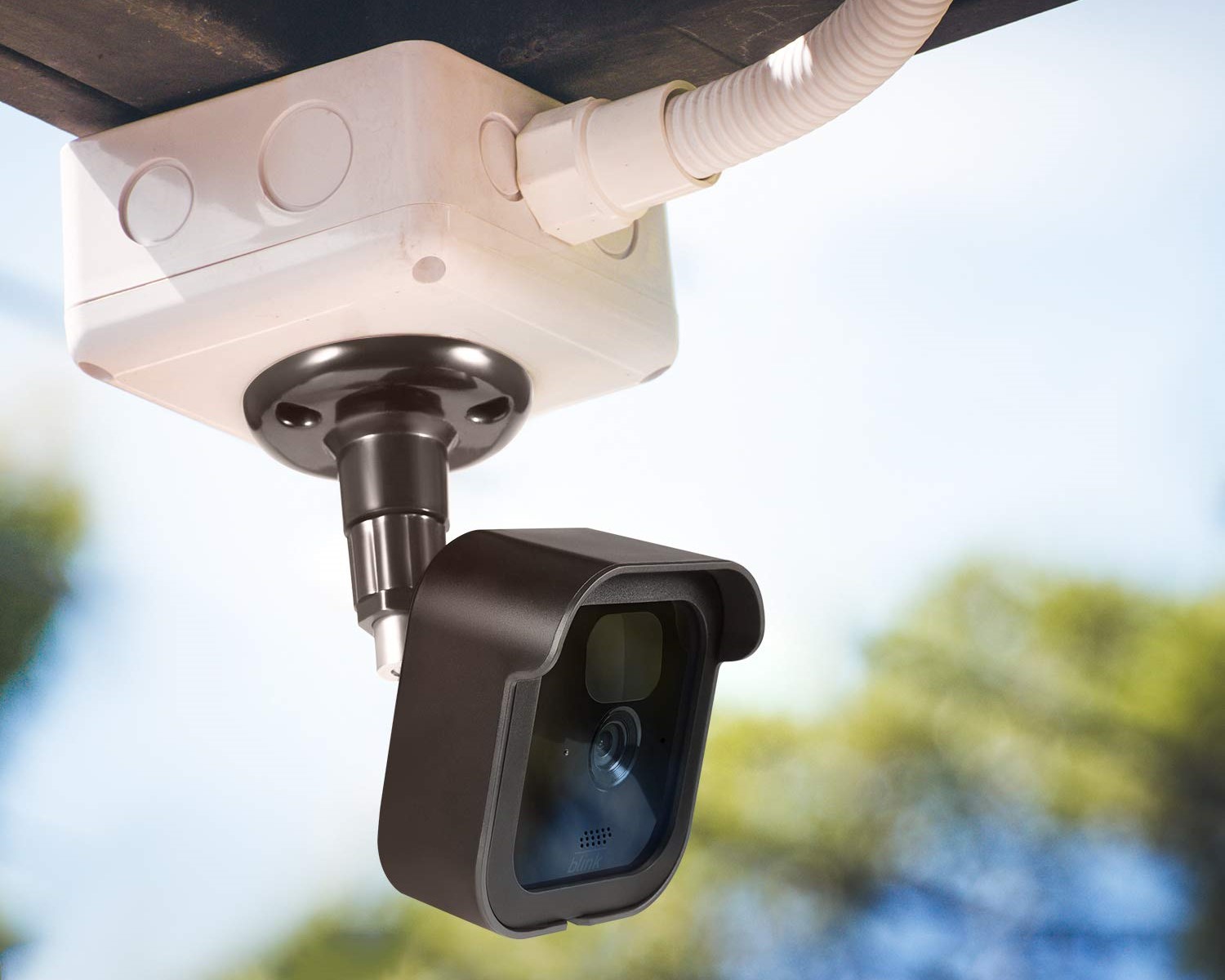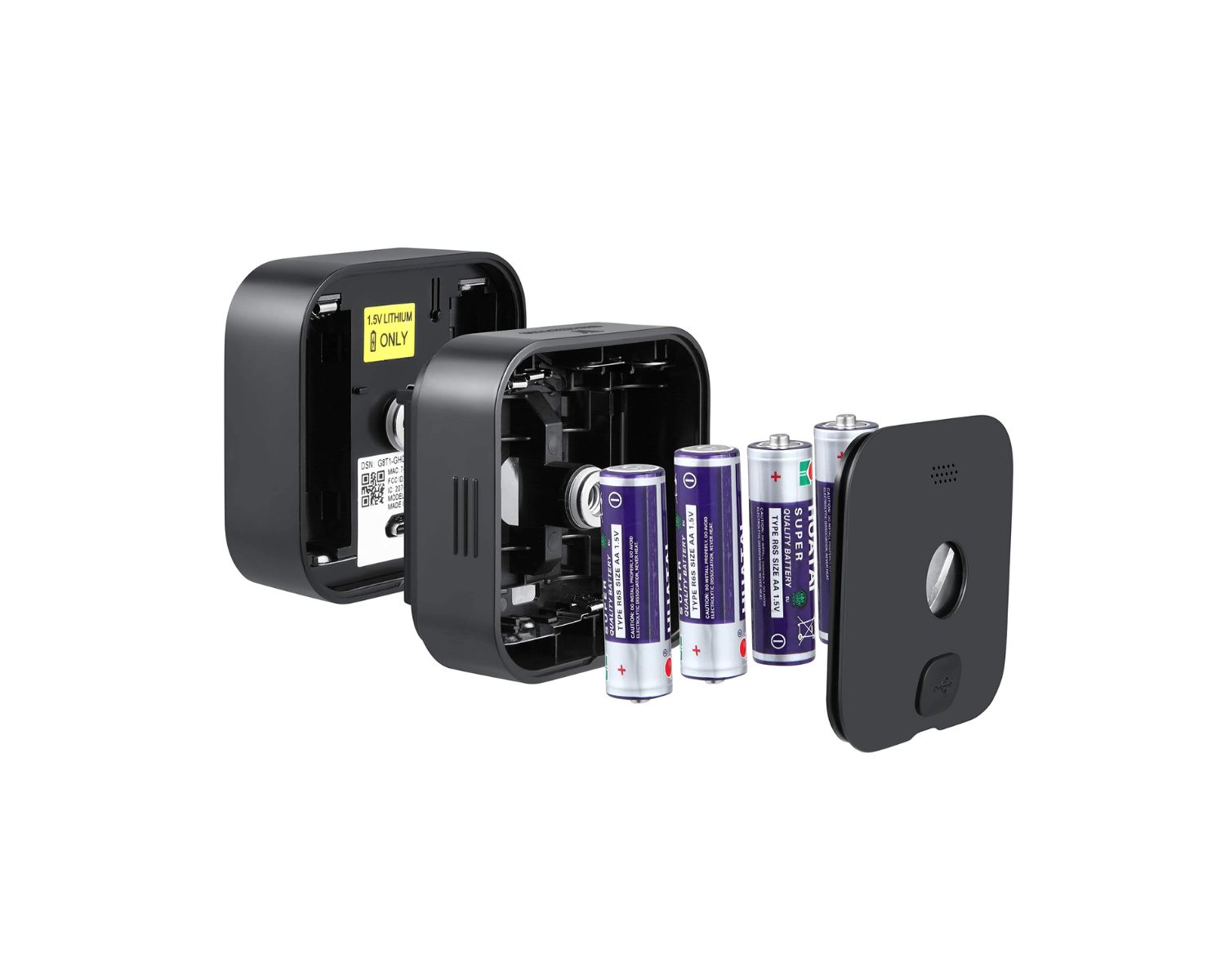Home>Home Security and Surveillance>What Is The Range Of Blink Outdoor Camera
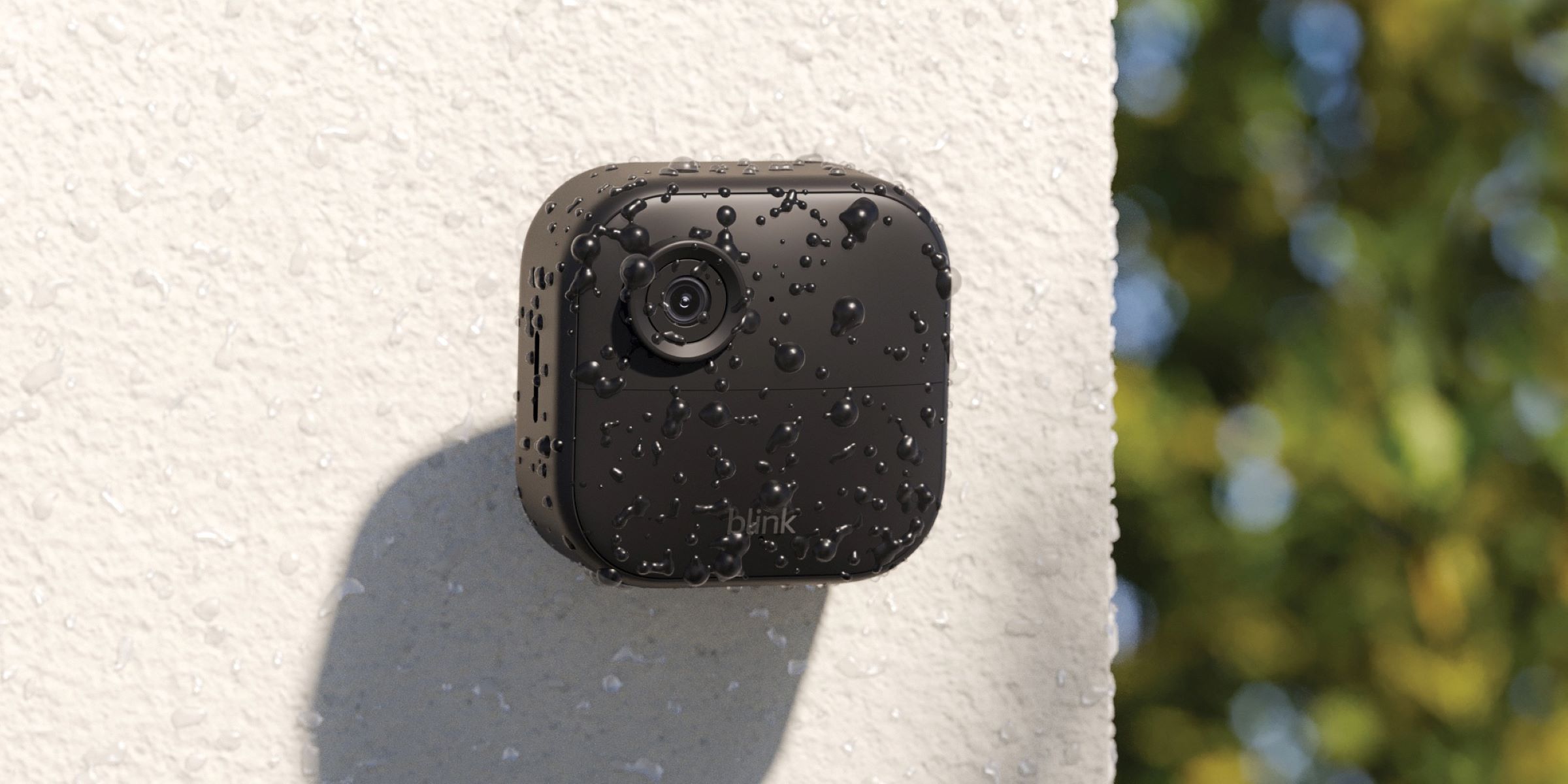

Home Security and Surveillance
What Is The Range Of Blink Outdoor Camera
Modified: March 6, 2024
Discover the range of Blink Outdoor Camera for home security and surveillance. Explore its features and benefits for a reliable and efficient monitoring solution.
(Many of the links in this article redirect to a specific reviewed product. Your purchase of these products through affiliate links helps to generate commission for Storables.com, at no extra cost. Learn more)
Introduction
Welcome to the world of home security and surveillance! In this era where technology has become an integral part of our lives, it’s essential to ensure the safety and protection of our homes. One of the most effective ways to achieve this is by investing in a reliable and high-quality outdoor security camera.
One popular option in the market is the Blink Outdoor Camera. Known for its innovative features and user-friendly design, this camera provides homeowners with peace of mind by offering real-time monitoring and recording capabilities. However, before making a decision, it’s essential to understand the range of the Blink Outdoor Camera and how it can impact the security of your property.
In this article, we will explore the factors that affect the range of the Blink Outdoor Camera, determine its maximum range, and provide some practical tips for maximizing its range. So, let’s dive in and discover everything you need to know about the range of the Blink Outdoor Camera.
Key Takeaways:
- Ensure optimal range for your Blink Outdoor Camera by considering factors like obstructions, wireless interference, and battery life. Maximize signal strength and coverage with strategic placement and Wi-Fi management.
- Protect your property with the Blink Outdoor Camera by implementing practical tips like optimal placement, minimizing obstructions, and regular firmware updates. Maximize range and performance for reliable home security.
Read more: What Is The Range Of A Blink Outdoor Camera
Understanding Blink Outdoor Cameras
Before delving into the range of the Blink Outdoor Camera, let’s first gain a better understanding of the device itself. The Blink Outdoor Camera is a wireless security camera designed for outdoor use. It offers a wide range of features that make it an excellent choice for homeowners looking to enhance their home security.
One of the standout features of the Blink Outdoor Camera is its wireless functionality. Being wireless means that it doesn’t rely on traditional power cords for its operation. Instead, it runs on batteries, making it highly flexible in terms of camera placement. This allows homeowners to install the camera in various locations around their property without worrying about the availability of power outlets.
Another notable feature of the Blink Outdoor Camera is its motion detection capabilities. It uses advanced motion sensors to detect any movement within its field of view. When motion is detected, the camera immediately sends an alert to the homeowner’s smartphone or other connected devices, allowing them to monitor the situation in real-time.
In addition to its motion detection feature, the Blink Outdoor Camera also has built-in infrared night vision. This enables the camera to capture clear footage even in low-light conditions, ensuring round-the-clock surveillance of your property.
Furthermore, the Blink Outdoor Camera is equipped with two-way audio, enabling homeowners to communicate with anyone in front of the camera. This can be particularly useful for deterring potential intruders or even talking to delivery personnel when you’re not at home.
Overall, the Blink Outdoor Camera offers a comprehensive and user-friendly solution for outdoor home security. Now that we have a better grasp of its features, it’s time to delve into the factors that can affect its range.
Factors Affecting the Range of Blink Outdoor Camera
Several factors can impact the range of the Blink Outdoor Camera. Understanding these factors will help you determine the optimal placement of the camera for maximum coverage and effectiveness. Let’s explore these factors in more detail:
- Obstructions: The presence of physical obstructions such as walls, trees, or other buildings can significantly affect the range of the camera. These obstructions can block or weaken the wireless signal, reducing the camera’s ability to transmit and receive data. It’s important to consider the layout of your property and choose camera locations that have minimal obstructions.
- Wireless Interference: The Blink Outdoor Camera operates on Wi-Fi signals, which can be susceptible to interference from other electronic devices or neighboring Wi-Fi networks. Interference can cause a decrease in signal strength and range. To minimize interference, ensure that your camera is placed away from other devices that emit wireless signals and consider using a Wi-Fi channel with low interference.
- Battery Life: The battery life of the Blink Outdoor Camera can also impact its range. As the battery depletes, the camera’s signal strength may decrease. It’s important to regularly monitor the battery level and replace or recharge it as needed to maximize the camera’s range.
- Camera Placement: The physical placement of the camera plays a crucial role in determining its range. For optimal range and coverage, it is recommended to position the camera in an elevated location that provides a clear line of sight to the areas you want to monitor. Additionally, avoid placing the camera too far away from your Wi-Fi router, as this can result in a weaker signal.
- Weather Conditions: Extreme weather conditions such as heavy rain, snow, or high winds can impact the range and performance of the Blink Outdoor Camera. It’s essential to choose a camera that is designed to withstand the elements and consider installing additional protective measures, such as weatherproof housing or covers, to ensure optimal performance even in adverse weather.
By taking these factors into consideration, you can ensure that your Blink Outdoor Camera operates at its maximum range, providing reliable and effective surveillance for your home or property.
Determining the Maximum Range of Blink Outdoor Camera
When it comes to determining the maximum range of the Blink Outdoor Camera, it’s important to consider both the manufacturer’s specifications and real-world conditions. The manufacturer provides an estimated range that takes into account ideal conditions with minimal obstructions and interference. However, it’s essential to keep in mind that the actual range you experience may vary based on your specific environment.
The Blink Outdoor Camera operates using Wi-Fi signals, which typically have a range of up to several hundred feet. However, this range can be affected by various factors such as obstructions, interference, and wireless signal strength. To determine the maximum range of your Blink Outdoor Camera in your specific environment, consider the following steps:
- Consult the manufacturer’s specifications: Start by reviewing the manufacturer’s documentation or the product’s official website for information on the camera’s range. This will give you a baseline understanding of the expected maximum range.
- Test the signal strength: Use a Wi-Fi signal strength analyzer app or tool to measure the signal strength at various potential camera locations. This will help you identify areas with weaker signals, which may indicate a reduced range for the camera.
- Perform a trial-run: Set up the Blink Outdoor Camera in different locations around your property and assess the quality of the captured footage. Take note of any areas where the signal seems to weaken or where the camera struggles to maintain a stable connection. This will give you a better understanding of the practical range of the camera in your specific environment.
- Consider Wi-Fi range extenders: If you find that certain areas of your property have weak or no signal coverage for the camera, you may want to consider using Wi-Fi range extenders or repeaters. These devices can amplify and extend the reach of your Wi-Fi signal, effectively increasing the range of the Blink Outdoor Camera.
By following these steps and performing your own tests, you can determine the maximum range of the Blink Outdoor Camera in your specific environment. This will help you make informed decisions about camera placement and ensure optimal coverage for your home security needs.
When setting up your Blink Outdoor camera, make sure to consider the range of the camera’s motion detection and wireless connectivity. Place the camera within 100 feet of the sync module for optimal performance.
Signal Strength and its Impact on Camera Range
Signal strength plays a crucial role in the range and performance of the Blink Outdoor Camera. A strong and stable Wi-Fi signal is essential for reliable video streaming, motion detection, and real-time alerts. Let’s explore how signal strength can impact the camera’s range:
Weaker Signal: When the Blink Outdoor Camera operates with a weak signal, it may experience issues such as intermittent video streaming, delayed notifications, or even complete loss of connection. This can result in gaps in surveillance coverage and potentially compromise the security of your property.
Reduced Range: A weaker signal typically indicates a reduced range for the Blink Outdoor Camera. As the signal strength decreases, the camera’s ability to transmit and receive data effectively diminishes, limiting the areas it can cover. This can result in blind spots or areas with poor video quality.
Poor Video Quality: In areas with a weak signal, the video captured by the Blink Outdoor Camera may suffer from lag, pixelation, or low resolution. This can make it challenging to identify individuals or objects in the footage, reducing the camera’s effectiveness as a surveillance tool.
Increased Latency: Poor signal strength can also lead to increased latency or delay in receiving motion detection alerts. By the time you receive a notification, the event that triggered it may have already occurred, potentially compromising your ability to respond in a timely manner.
To ensure optimal signal strength and maximize the camera’s range, consider the following tips:
- Positioning the Wi-Fi router: Place your Wi-Fi router in a central location within your home, away from physical obstructions and interference sources. This will help ensure a strong and consistent Wi-Fi signal throughout your property.
- Reducing interference: Minimize interference from other devices by keeping the Blink Outdoor Camera away from other electronics that emit wireless signals. Additionally, consider changing the Wi-Fi channel to one with less interference, especially if you’re in a crowded area with multiple Wi-Fi networks.
- Upgrading your Wi-Fi equipment: If you consistently experience weak signal strength, consider upgrading your Wi-Fi router or using a mesh Wi-Fi system. These technologies can provide better coverage and stronger signals, enhancing the range and performance of your Blink Outdoor Camera.
- Using signal boosters or extenders: If you have areas with poor signal coverage, consider using Wi-Fi range extenders or signal boosters to amplify the signal and extend the camera’s range. These devices can be strategically placed to bridge any signal gaps and ensure a strong connection throughout your property.
By prioritizing signal strength and implementing the tips mentioned above, you can enhance the range and performance of your Blink Outdoor Camera, providing you with reliable and effective home surveillance.
Read more: What Is The Latest Blink Outdoor Camera
Practical Tips for Maximizing the Range of Blink Outdoor Camera
Now that you understand the factors that affect the range of the Blink Outdoor Camera and the importance of signal strength, let’s explore some practical tips to maximize its range and ensure optimal performance:
- Optimal Camera Placement: Choose the most strategic locations for camera placement to maximize the range and coverage. Consider placing the camera in elevated positions with a clear line of sight to the areas you want to monitor. This will improve the signal strength and minimize obstructions.
- Ensure a Strong Wi-Fi Signal: Position the Wi-Fi router in a central location, ideally in the same area as the camera, to ensure a strong and stable signal. Keep it away from walls or obstructions and consider upgrading to a more powerful router or using a mesh Wi-Fi system for better coverage.
- Minimize Obstructions: Avoid placing the camera near physical obstructions that can weaken the Wi-Fi signal, such as thick walls, trees, or large metal objects. If necessary, use Wi-Fi range extenders or repeaters to bridge any signal gaps caused by these obstructions.
- Regularly Check Battery Levels: Monitor the battery levels of the Blink Outdoor Camera and ensure they are sufficiently charged or replaced when needed. A low battery can affect the camera’s range and signal strength.
- Manage Wireless Interference: Identify and minimize sources of wireless interference, such as other electronic devices or neighboring Wi-Fi networks. Switching to a less crowded Wi-Fi channel can help reduce interference and improve signal strength.
- Consider Using Signal Boosters or Extenders: If you have areas with weak signal coverage, strategically place Wi-Fi range extenders or signal boosters to amplify and extend the Wi-Fi signal to those areas. This will enhance the camera’s range and performance in those locations.
- Regularly Update Firmware: Keep the Blink Outdoor Camera’s firmware up to date to ensure you have access to the latest features, bug fixes, and security enhancements. Firmware updates can also optimize the camera’s performance and range.
- Protect Against Adverse Weather: Install weatherproof housing or covers for the Blink Outdoor Camera to protect it against extreme weather conditions. This will ensure that the camera can withstand tough environments and maintain its range and performance.
By implementing these practical tips, you can maximize the range and performance of your Blink Outdoor Camera, allowing for effective surveillance and enhanced home security.
Conclusion
Investing in a Blink Outdoor Camera can significantly enhance the security and surveillance of your home or property. Understanding the range of the camera and how to maximize it is crucial in ensuring reliable and effective monitoring. By considering factors such as obstructions, wireless interference, battery life, camera placement, and weather conditions, you can optimize the range and performance of your Blink Outdoor Camera.
Signal strength is a key factor that directly impacts the camera’s range and overall performance. By positioning your Wi-Fi router effectively, reducing interference, and considering the use of signal boosters or extenders, you can ensure a strong and stable wireless signal for your camera.
Furthermore, choosing the right locations for camera placement, minimizing obstructions, and regularly updating firmware will contribute to the optimal range and coverage of the Blink Outdoor Camera. Additionally, monitoring battery levels and protecting the camera against adverse weather conditions will help maintain its functionality and performance over time.
Remember to refer to the manufacturer’s specifications and perform your own tests in your specific environment to determine the camera’s maximum range. This will enable you to make informed decisions about camera placement and ensure comprehensive surveillance coverage for your home or property.
In conclusion, the Blink Outdoor Camera provides a reliable and user-friendly solution for outdoor home security. By considering the factors that affect its range and implementing practical tips to maximize that range, you can enjoy the peace of mind that comes with a well-protected and monitored property. With the Blink Outdoor Camera on your side, you can rest easy knowing that your home and loved ones are secure.
Frequently Asked Questions about What Is The Range Of Blink Outdoor Camera
Was this page helpful?
At Storables.com, we guarantee accurate and reliable information. Our content, validated by Expert Board Contributors, is crafted following stringent Editorial Policies. We're committed to providing you with well-researched, expert-backed insights for all your informational needs.
